Mortal Kombat is a series that, for some fans, has been around longer than they have. No matter what era of the franchise you came to be a fan of, Mortal Kombat is a fantastic franchise of games that has featured many single releases, collections, and collaboration crossovers since the early 90s. Some games were great, some left us wanting more, and the franchise as a whole gave us many things to remember and enjoy. Whether you’re watching some of the first movies to be nostalgic or organizing your copies to get back on collecting, we have a guide here below that lists every title from start to present.
Mortal Kombat (1992)
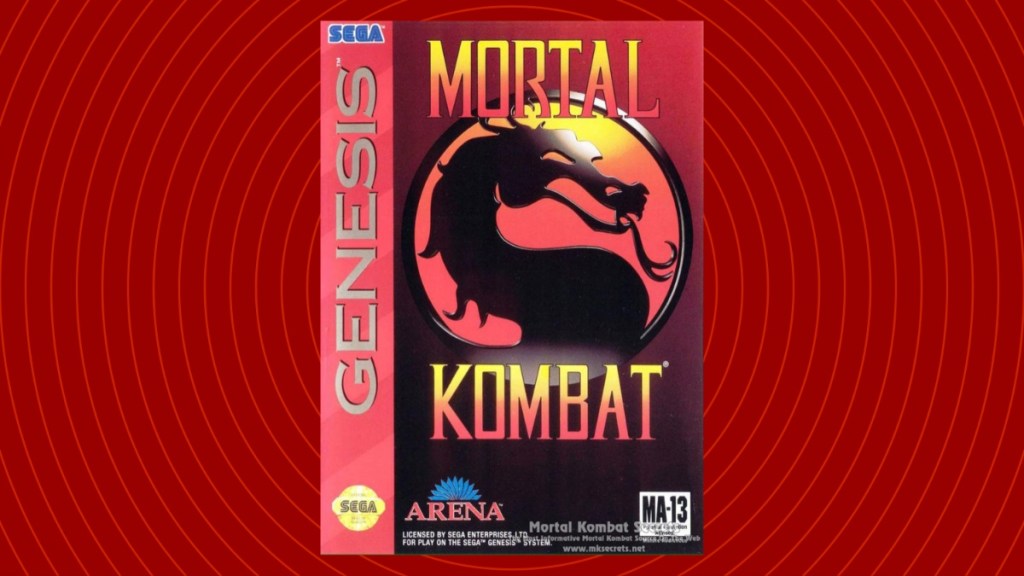
This title is what got everything in the franchise running. Pretty swiftly, too, because it was the game to compete with titles of the day like Street Fighter. While there’s no telling who really won, we do know that this game kicked up a mighty reputation in its wake. In fact, the original Mortal Kombat cover helped normalize an ESRB rating on all games so that both parents and consumers knew what they were getting into.
Related: 14 Best Silly Multiplayer Games To Bring To Parties
Mortal Kombat 2
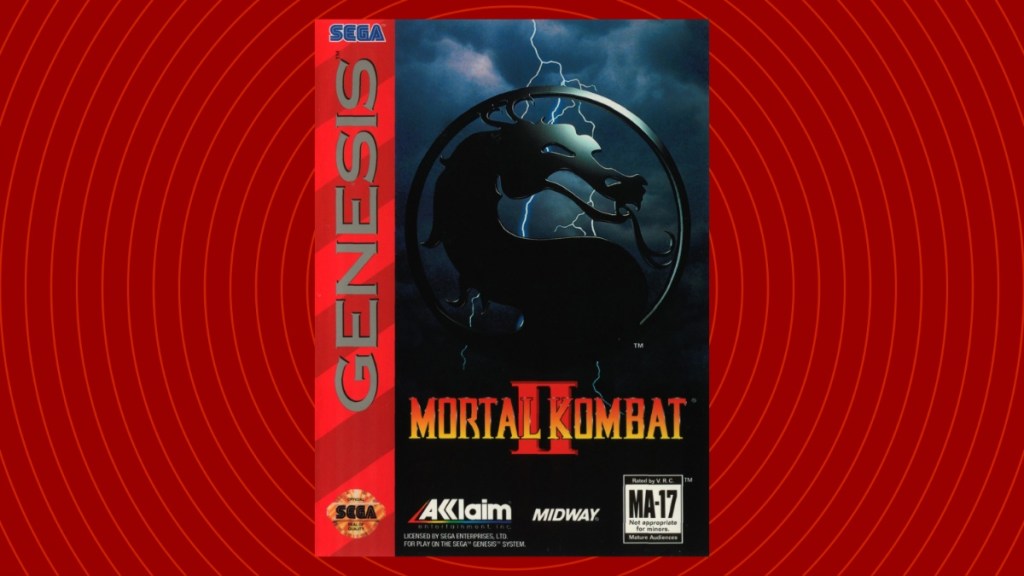
Mortal Kombat 2 came out just a year after the first one, acting more like a boost to the first game than a completely different title. If you’ve never played the first two games, though, don’t let that kind of tagline fool you: the game is quite the improvement. The roster doubled since last time, with more fatalities to enjoy alongside the upgrade to graphics.
Mortal Kombat 3
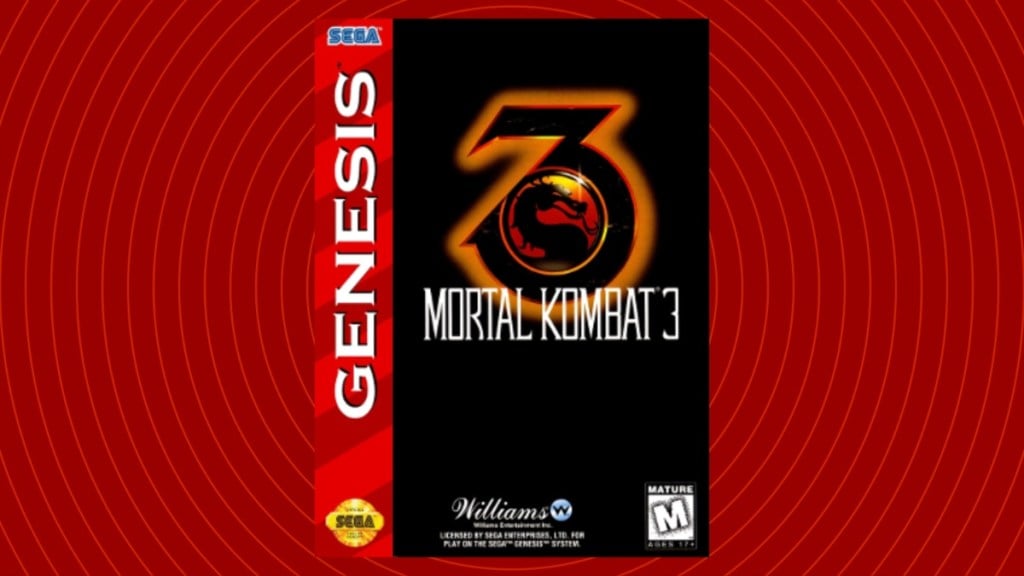
The third game is where the developers seemed to take a step back with grit. There’s no telling why, although understanding the context of the initial kick that Mortal Kombat gave its general audience can provide clues as to why. ESRB ratings be fooled; some fans, or perhaps mothers of fans, disliked the amount of grit that the first games presented.
Ultimate Mortal Kombat 3
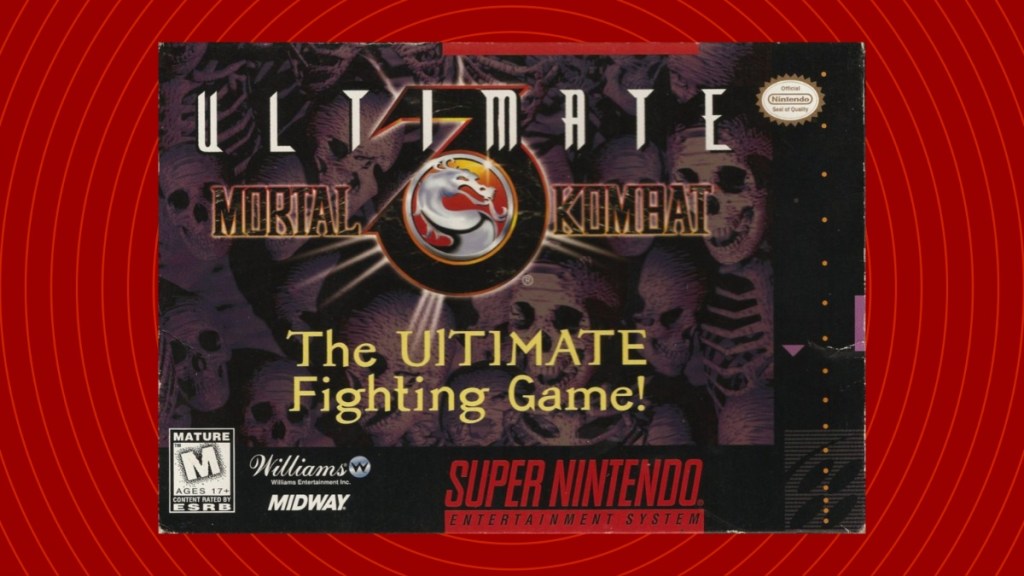
Ultimate Mortal Kombat 3 is exactly as you would expect it to be. It’s a robust upgrade for just about everything in Mortal Kombat 3, from the AI you fight to the character roster. It’s bigger and better, especially for the die-hard players around at the time. UMK3 was the answer to fans, one that answered with a higher difficulty scale and the fine-tuning that the previous game needed.
Mortal Kombat Trilogy
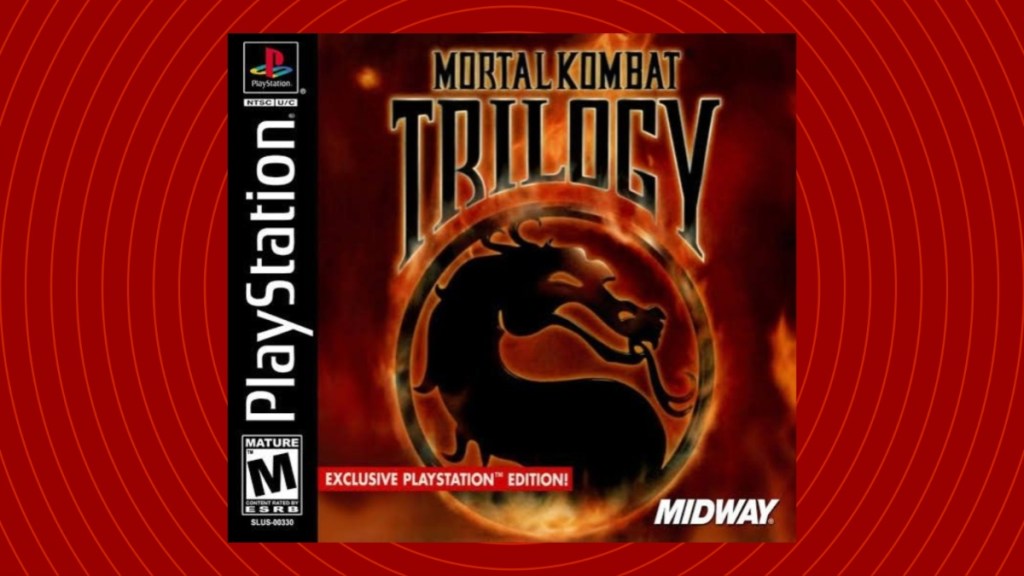
The Mortal Kombat Trilogy isn’t a re-release but rather a celebration of the first four games’ successes. It introduced many changes, such as an aggressor mechanic granting the more aggressive player more speed during a fight. This was the first Mortal Kombat game to feature a Brutality finisher rather than a Fatality.
Mortal Kombat Mythologies Sub-Zero
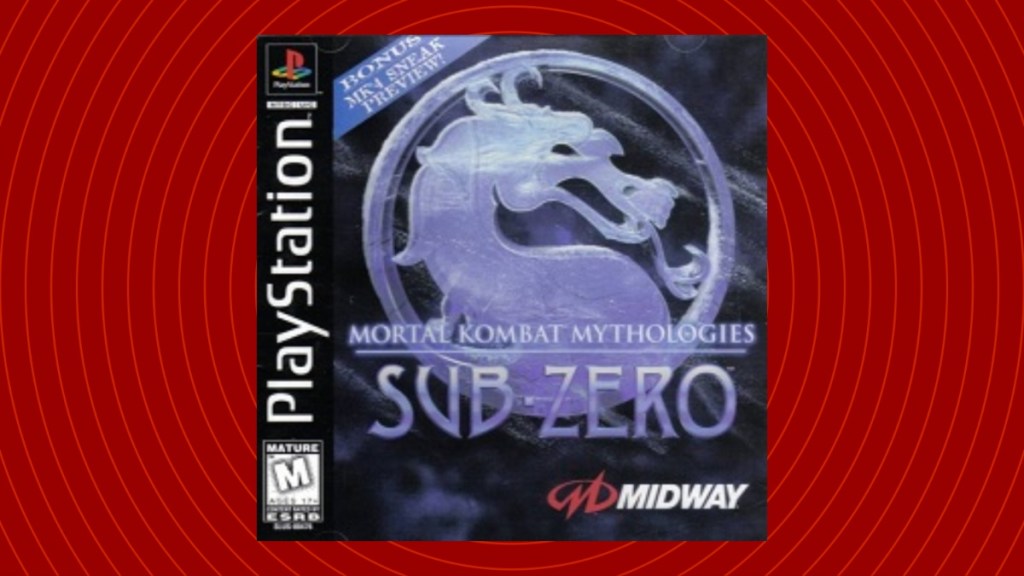
Fans of Sub-Zero mourned this one, for it was a great idea with a not-so-great implementation. While the graphics were up to snuff, the issue was not with how the game looked but how it played. This was Mortal Kombat’s answer to the need for a side-scrolling fighter that featured Sub-Zero as the main character. Unfortunately, it wasn’t so well received for the time, receiving less than favorable reviews from critics.
Mortal Kombat 4
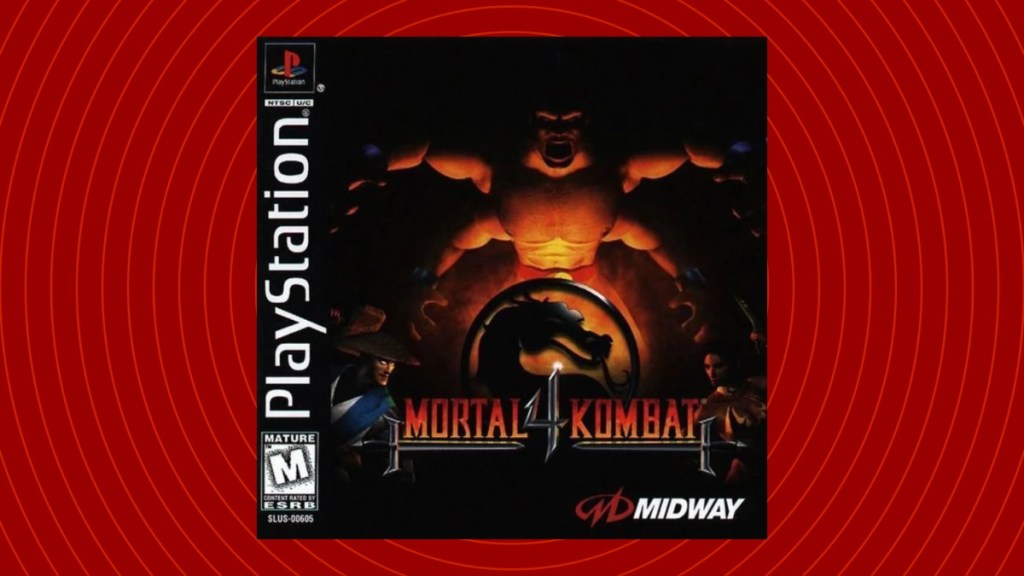
Mortal Kombat 4 was the first title in the series to make the step into 3D. While it wasn’t perfect, it still held its own and didn’t get outshined by titles like Tekken. Later, rebranded as Mortal Kombat Gold, 4 had lots of room for improvement but still held the many things about Kombat that we enjoyed during its time on the PS1.
Mortal Kombat Gold
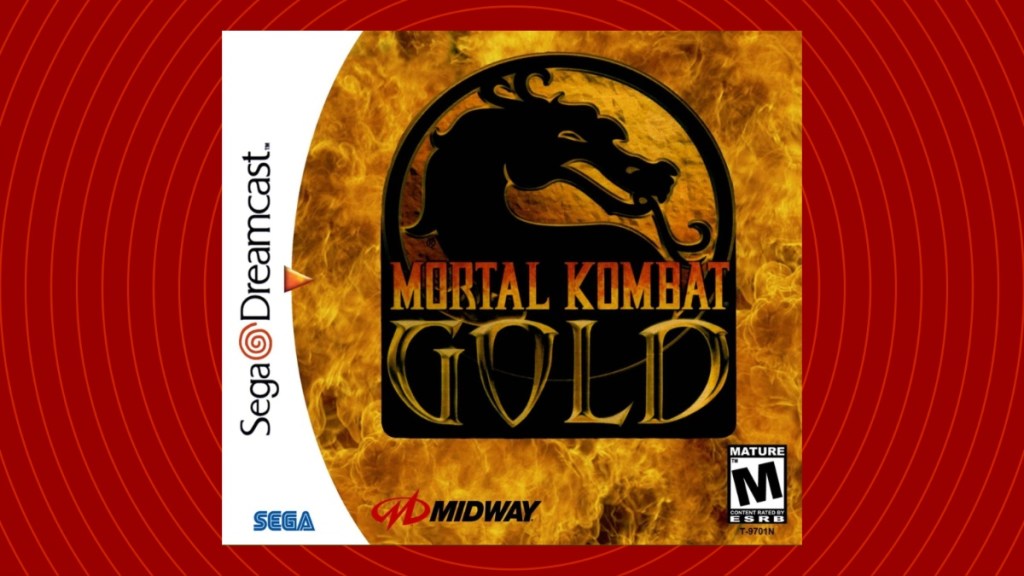
Mortal Kombat Gold was, essentially, a rebranded port. Hopping over to the Dreamcast, Mortal Kombat Gold had better graphics than the game that came just before on the PS1. However, due to bugs in the original game, it wasn’t very well received. Even after a fix and re-release, the game was fixed, but that didn’t help reviews already written.
Mortal Kombat: Special Forces
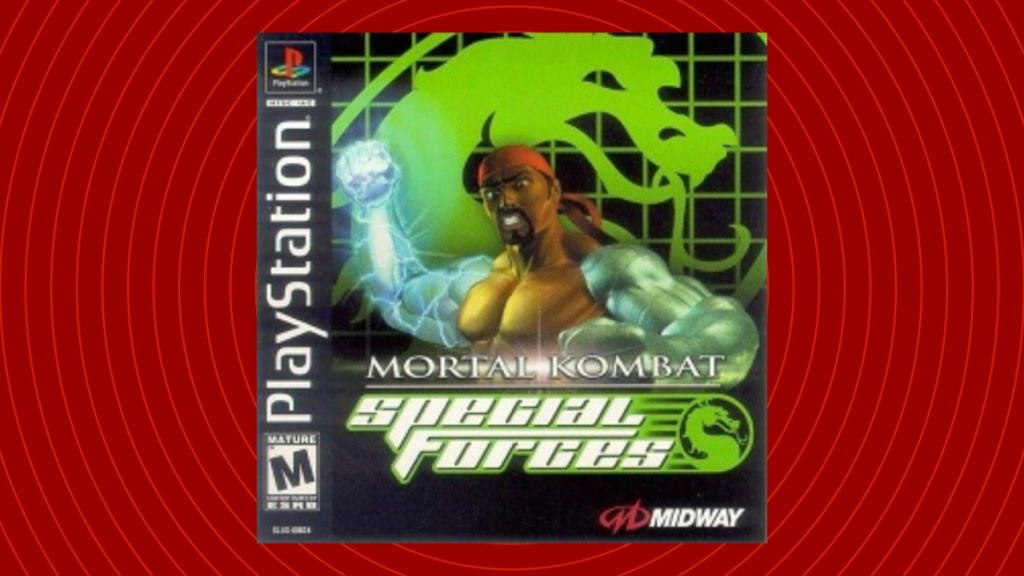
As you’ll see, history tells, Spinoff games don’t play quite well in the Mortal Kombat timeline. Despite Special Forces being an ambitious spinoff title, it didn’t quite break the hype barrier due to some unintuitive controls and graphics that came right out of the box. While there is plenty of kombat to be had with Jax, ultimately, the build of the game, how action scenes were oriented, and how unfun the camera was, became its downfall.
Mortal Kombat Advance
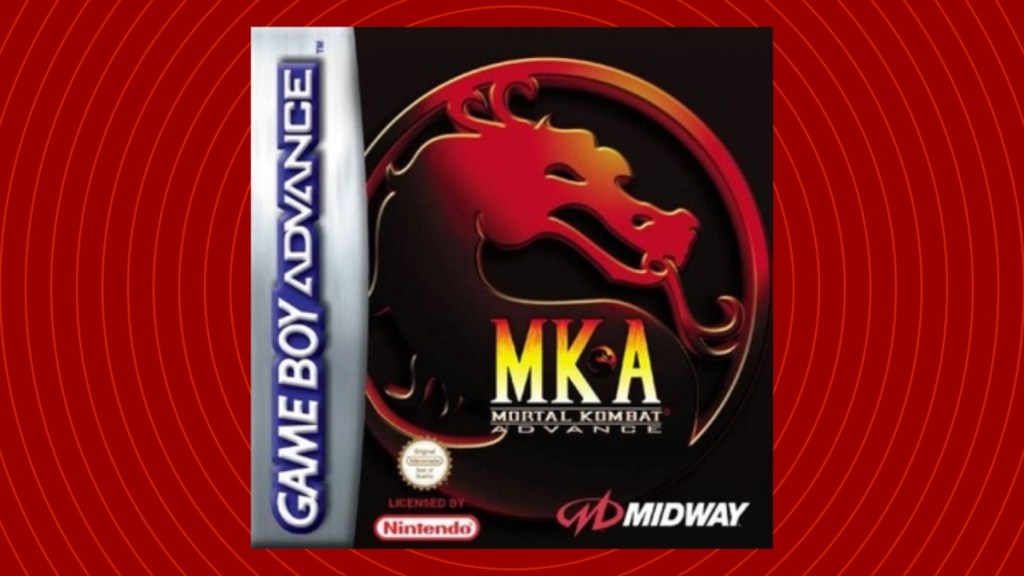
Mortal Kombat Advance was a game that certainly could have been good but just didn’t fit right on the GBA. It would have made the perfect pocket Mortal Kombat title if not for a slew of complaints from critics. To the natural player’s eye, the graphics simply weren’t as captivating, and the controls weren’t well suited for the tiny console. Additionally, some AI troubles with the game also promoted bad reviews, making Mortal Kombat Advance a skippable title for many players.
Mortal Kombat: Deadly Alliance
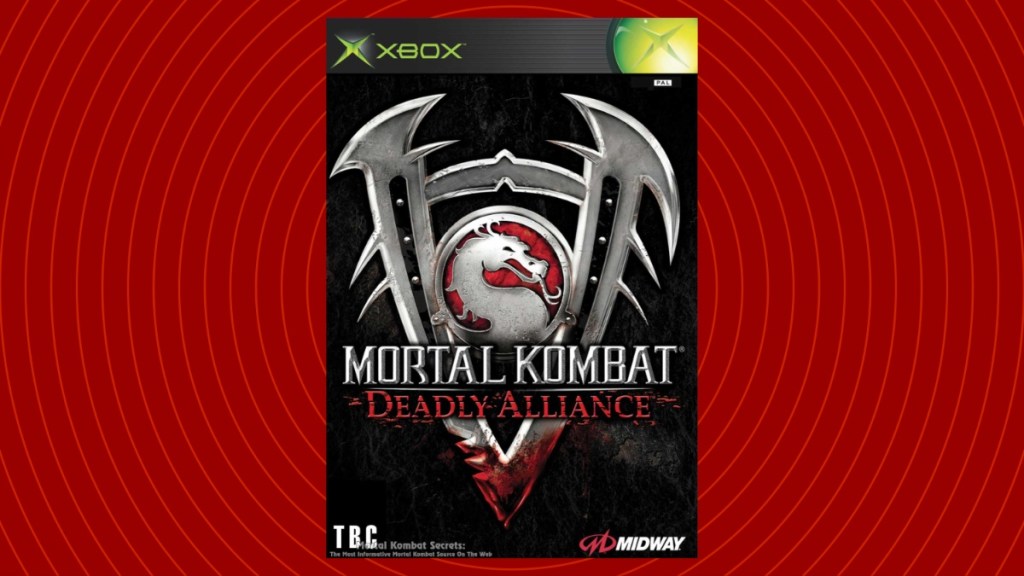
Mortal Kombat Deadly Alliance was released in 2002, introducing a bit more fine detail into the 3D Kombat realm that previous games didn’t have. Weapons and fighting styles were introduced. Bringing more dynamic space to the gameplay. In a way, the game was a revival for the series, considering what had gone on before.
Mortal Kombat: Tournament Edition
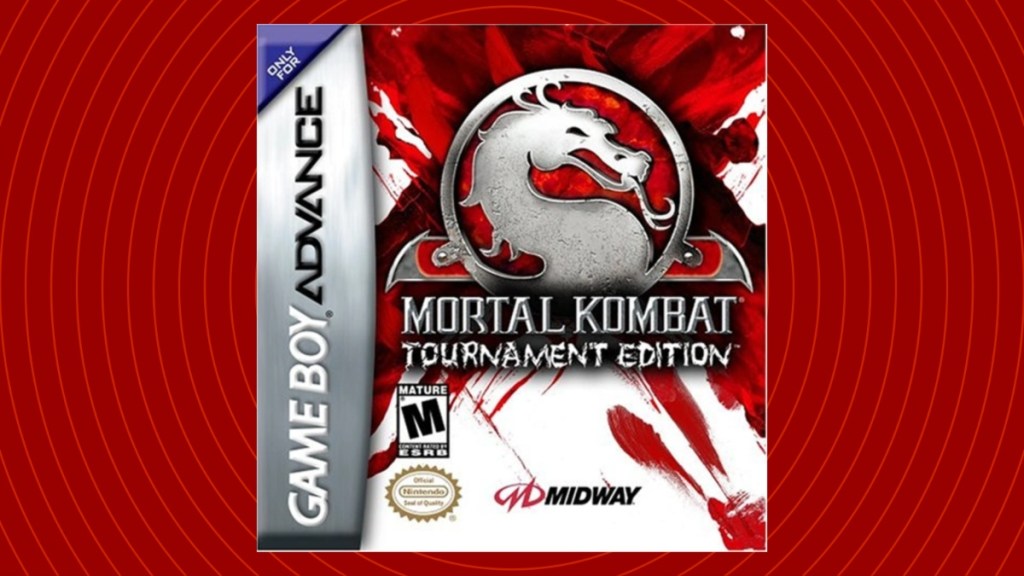
Mortal Kombat: Tournament Edition is a game with a different title, one that was rebranded as the Deadly Alliance port fresh out of the GBA. Despite the fact that the GBA title didn’t do much, this one did well with the fresh coat of paint. In a way, it breached the way forward for other games to have success. Because from here on out, the side games get much better.
Mortal Kombat: Deception
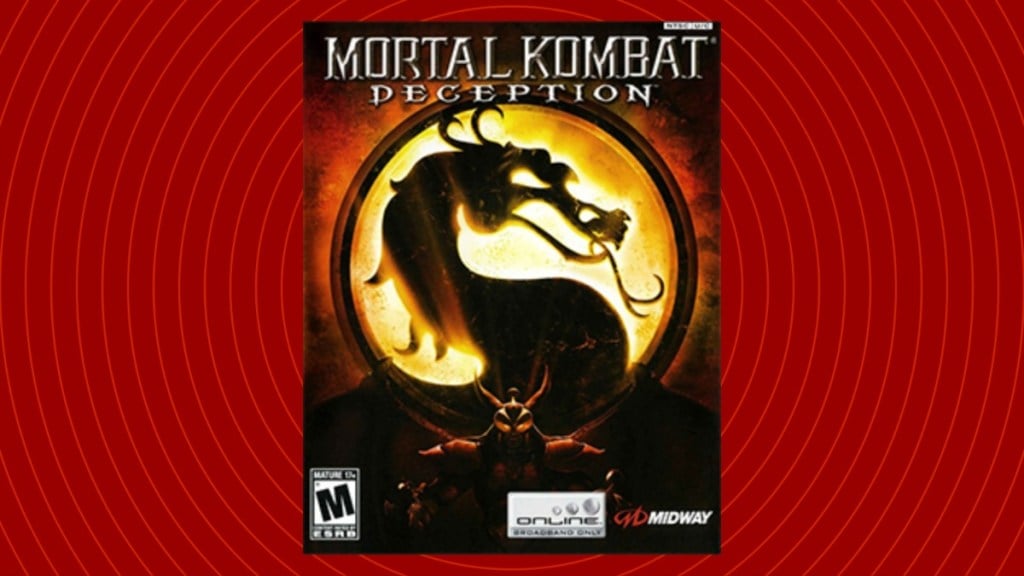
Mortal Kombat: Deception is a direct sequel to Mortal Kombat Deadly Alliance. Like a good sequel, it improves upon the previous game in way more ways than one, introducing a campaign called Konquest. This would later be developed to its peak in later games, but as it stands in the original, it’s an okay mode.
Mortal Kombat: Shaolin Monks
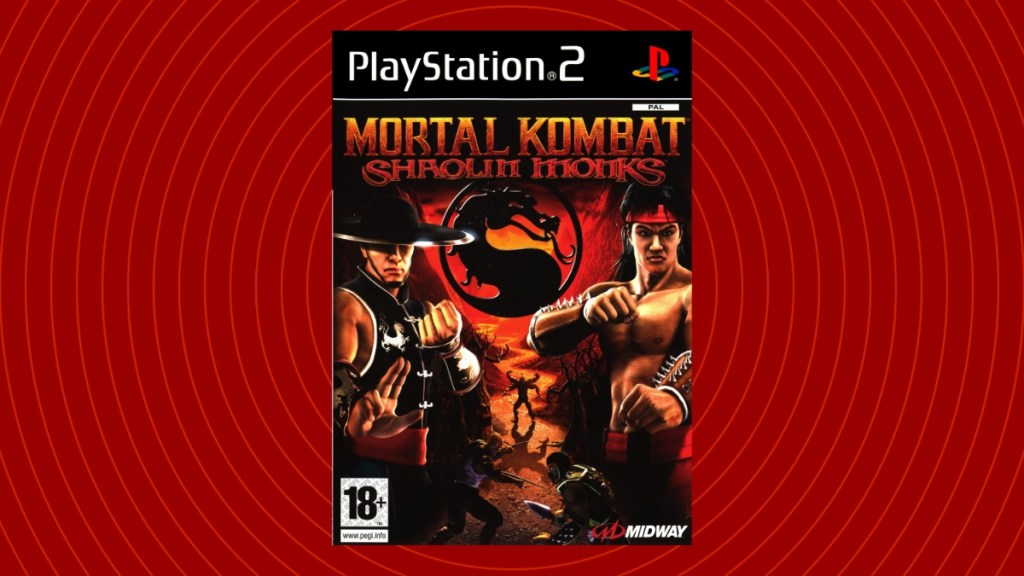
Mortal Kombat: Shaolin Monks was the spinoff that broke the curse of Mortal Kombat spinoffs being terrible because this one was awesome. The game is a co-op where players can choose between Liu Kang and Kung Lao to fight in arena levels against Shang Tsung as they make their way to the top. While there were sequels in the cards, they were never made due to budget restraints at the time.
Mortal Kombat: Armageddon
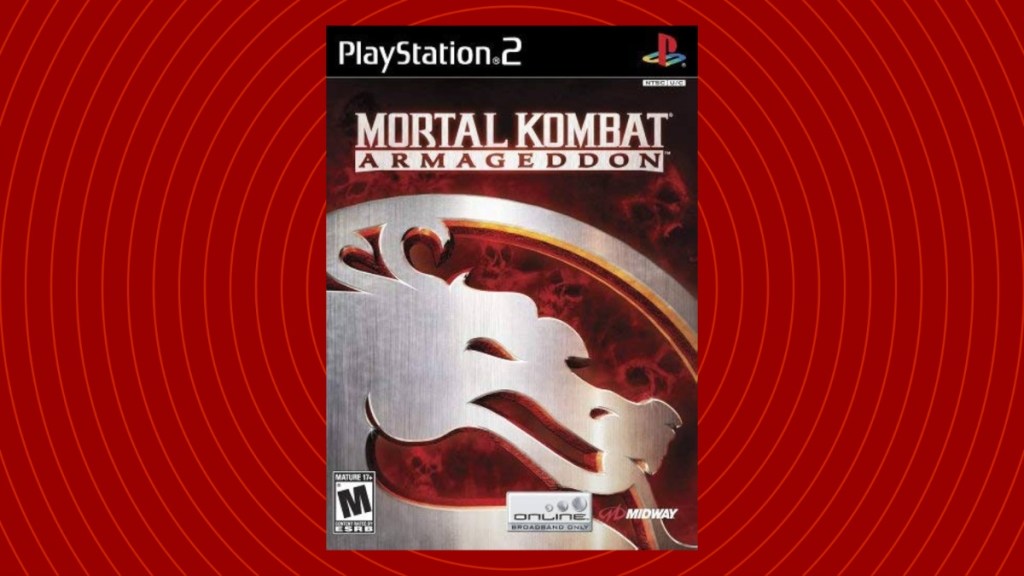
Mortal Kombat Armageddon is where the Konquest mode finally cashed in for players. It’s also one of the last games to be on the PlayStation 2, marking the end of an era for the franchise. That all being said, the medal winner for Armageddon is just how huge the roster is. You can play as 62 different characters, making it one of the biggest rosters in fighting game history.
Mortal Kombat: Unchained
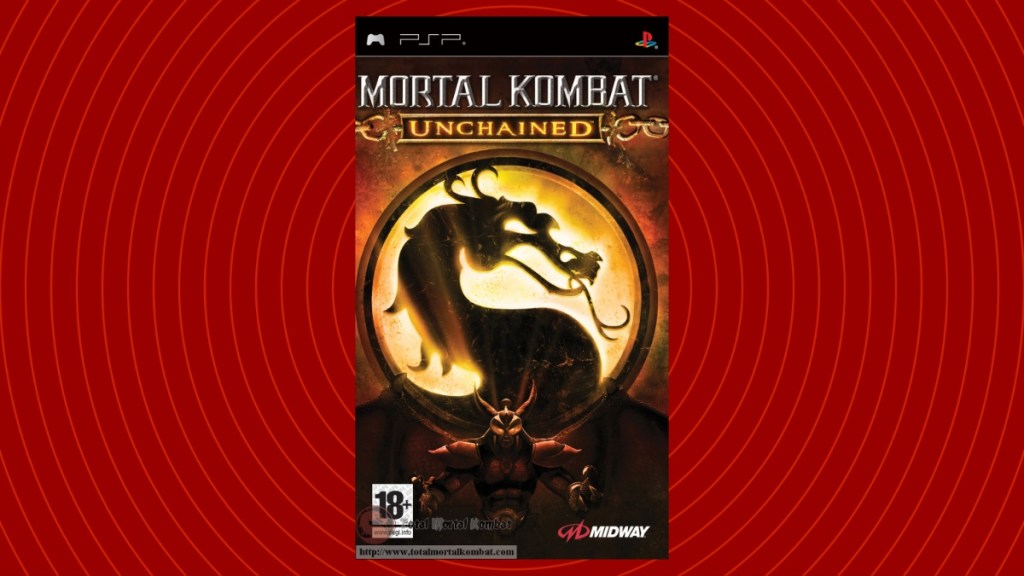
Mortal Kombat Unchained is an upgraded port of Mortal Kombat Deception, except this time around, it went to the PSP instead of the PS2. While the graphics didn’t impress too many people, Unchained remains one of the greatest ports in series history. It didn’t flop; it was simply a good mobile port, which makes it great.
Ultimate Mortal Kombat
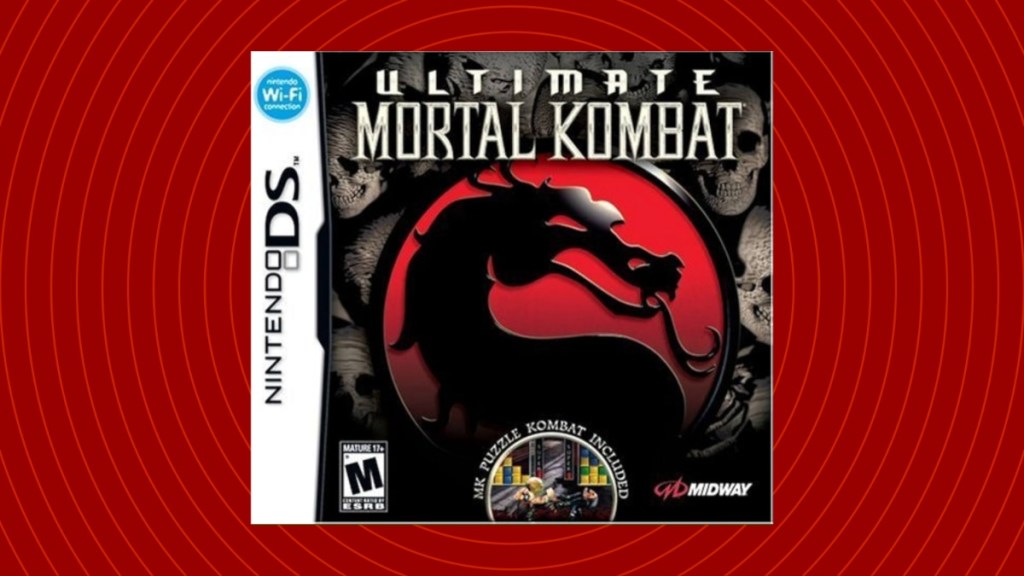
Ultimate Mortal Kombat was a DS game that emphasized less the kombat and more on puzzles. For die-hard fans, this is an arcade-perfect representation of UMK3. Like it or hate it, the Puzzle Kombat from Deception makes an appearance in this version.
Mortal Kombat vs DC Universe
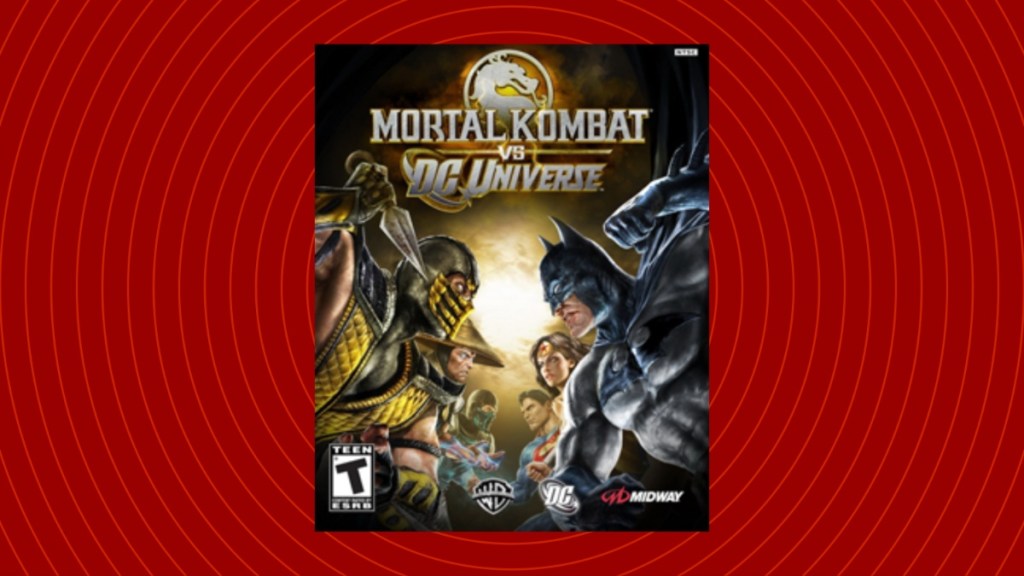
This highly anticipated game brought a lot of cards to the table. This was the first time such a collaboration happened in Mortal Kombat, and if only the spectacle could have carried the entire game. While the initial concept was nice, it ultimately received lackluster reviews due to being a little late to the party. Marvel vs. Capcom had already come out, making DC the running second.
Mortal Kombat (2011)
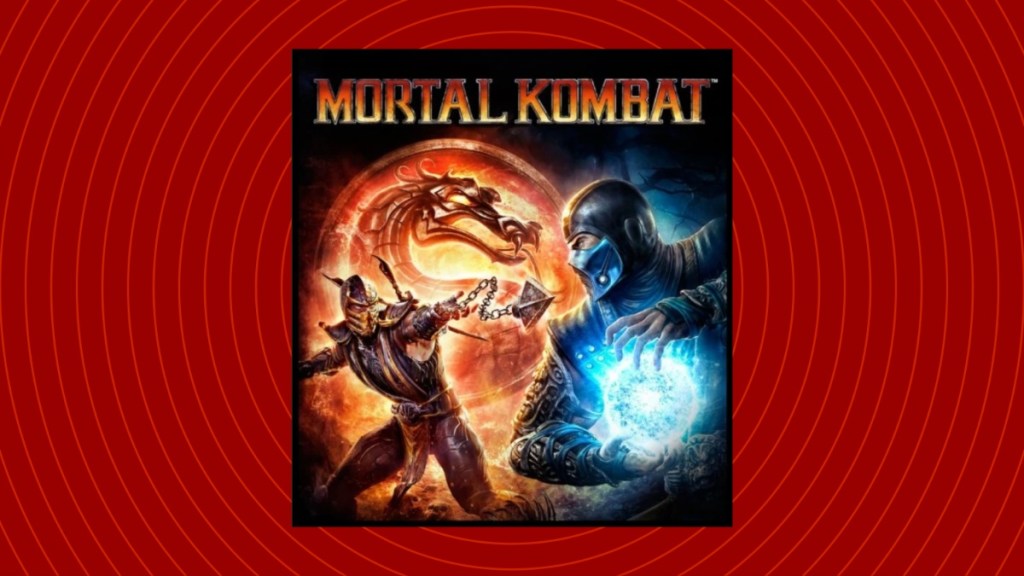
Just as it looks, Mortal Kombat being titled the same as the franchise is a good sign. This was essentially a restart that introduced the golden era, although it didn’t look it at the time. And as the revival of the series should have, Kombat was brought back to 2D during this time.
Mortal Kombat Arcade Kollection
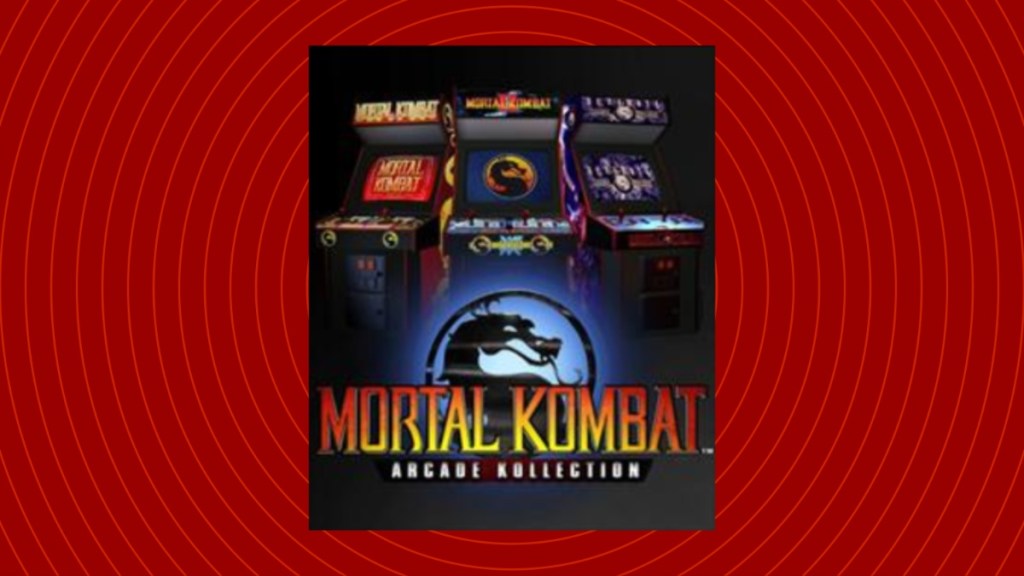
This Kollection brought the original trilogy in and gave it a few updates. It’s not a remaster; it’s simply an update where the beginning games got a bit of polish.
Mortal Kombat X
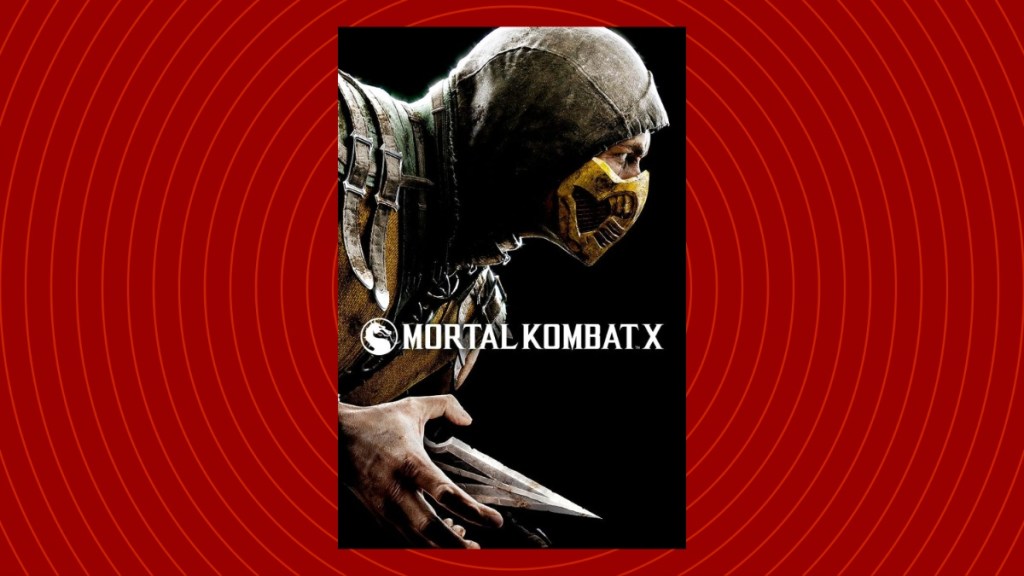
Mortal Kombat X, which was released in 2015, was the continuation of the renaissance of Kombat fighting games. It’s highly regarded as one of the best fighting games out there, taking the title from Mortal Kombat 2011. It holds its own against other fighting games of the day, securing Mortal Kombat’s place in the spotlight.
Mortal Kombat Mobile
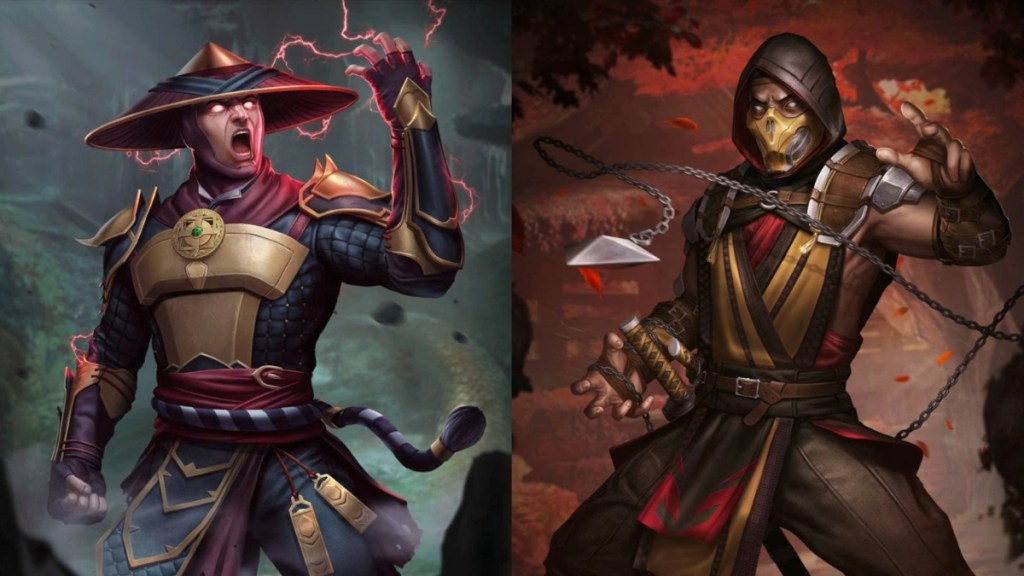
Mortal Kombat Mobile was once again an attempt to bring all the fight and grit to the mobile player. Except this time, it wasn’t to the GameBoy or DS. This time, it just went straight to mobile devices. At the time, the Android and Apple crowd were untapped gold mines of potential, something that was quickly answered by Mortal Kombat Mobile. While having Freddy Krueger in the mix was fun, the game wasn’t much of a success. Touch screens don’t mix well with fighting games.
Mortal Kombat 11
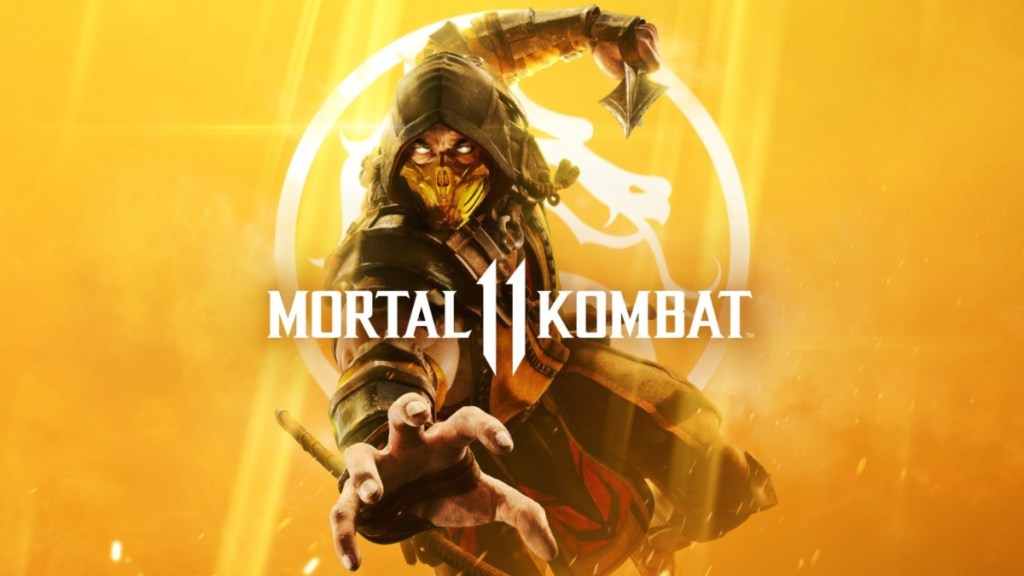
Mortal Kombat 11 is a solid addition to the franchise, taking the same formula that works and bringing it into the modern day. While it isn’t as speedy as Mortal Kombat X or Mortal Kombat 2011, that doesn’t make it any worse of a game. The only notable issue with Mortal Kombat 11 is that it’s no longer an offline experience; you have always to be online to enjoy the game.
Mortal Kombat 11: Aftermath Kollection and Mortal Kombat 11: Ultimate
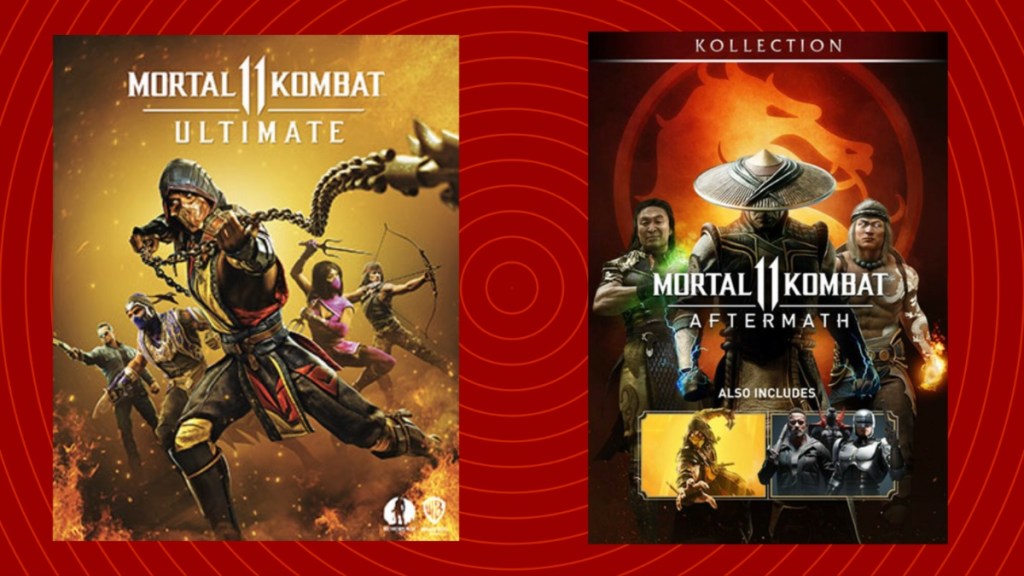
This isn’t really another game; it’s more like an expansion for 11 that gave it another campaign to play. With the release of Mortal Kombat 11: Ultimate, all the characters that came in before are now added to the base game. While the final version doesn’t fix the grindy progression system from 11 at the roots, it still adds to be an enjoyable, modern Mortal Kombat game.

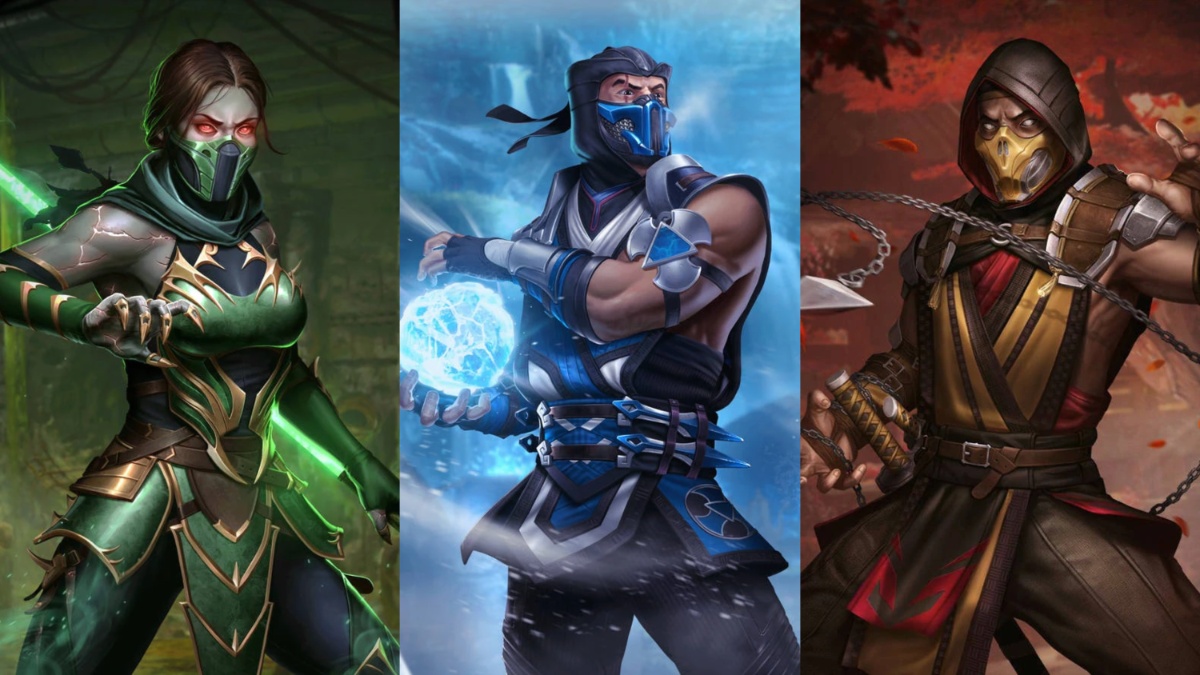
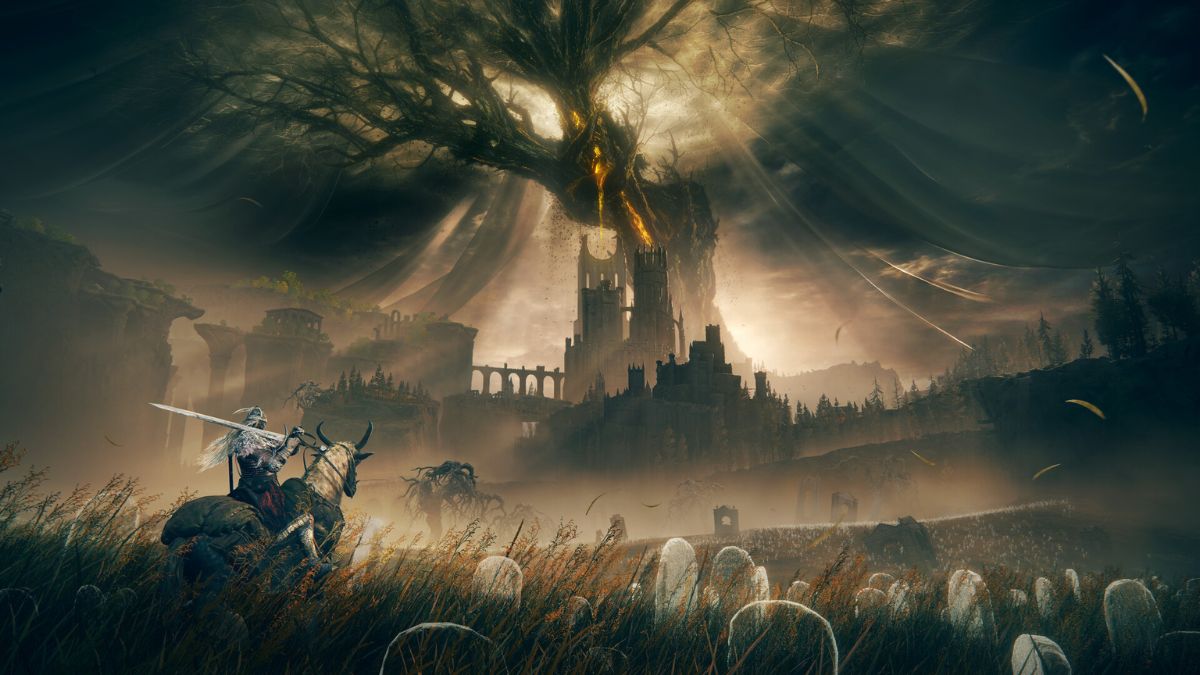
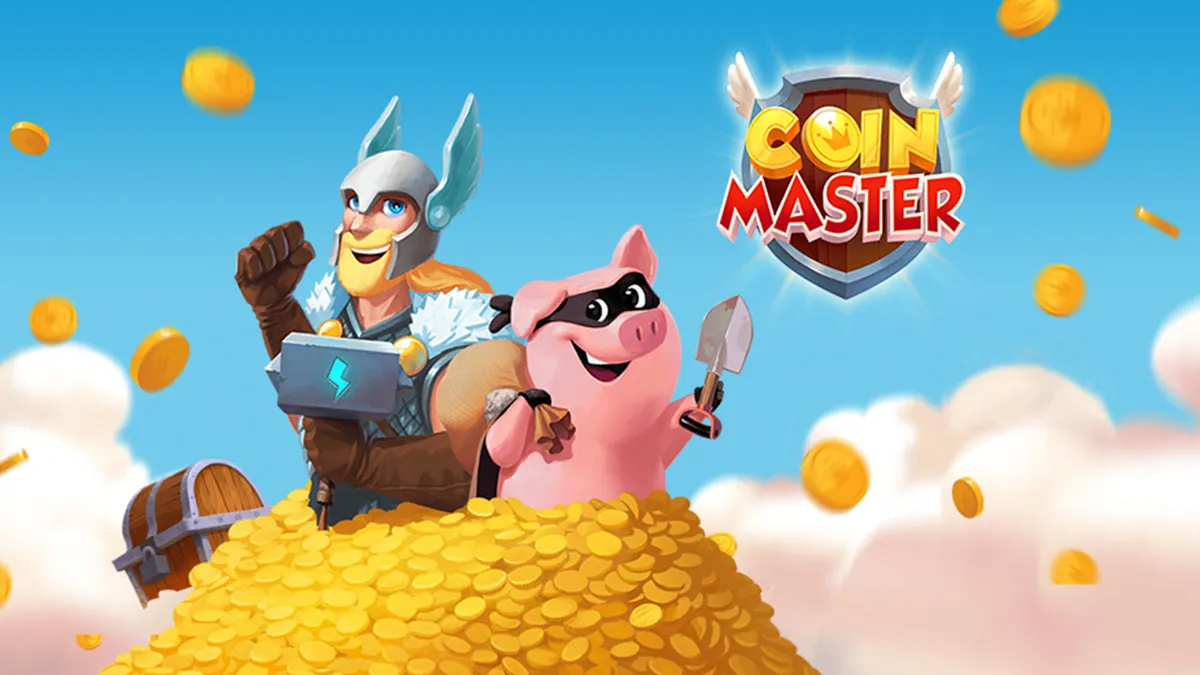
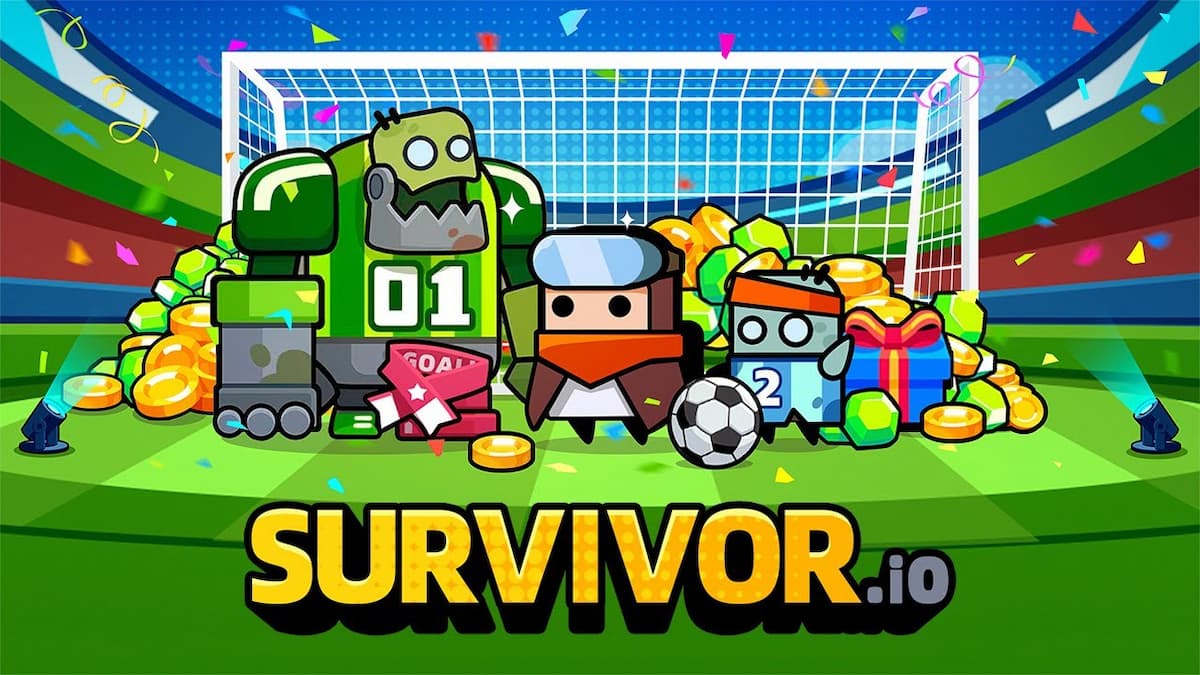

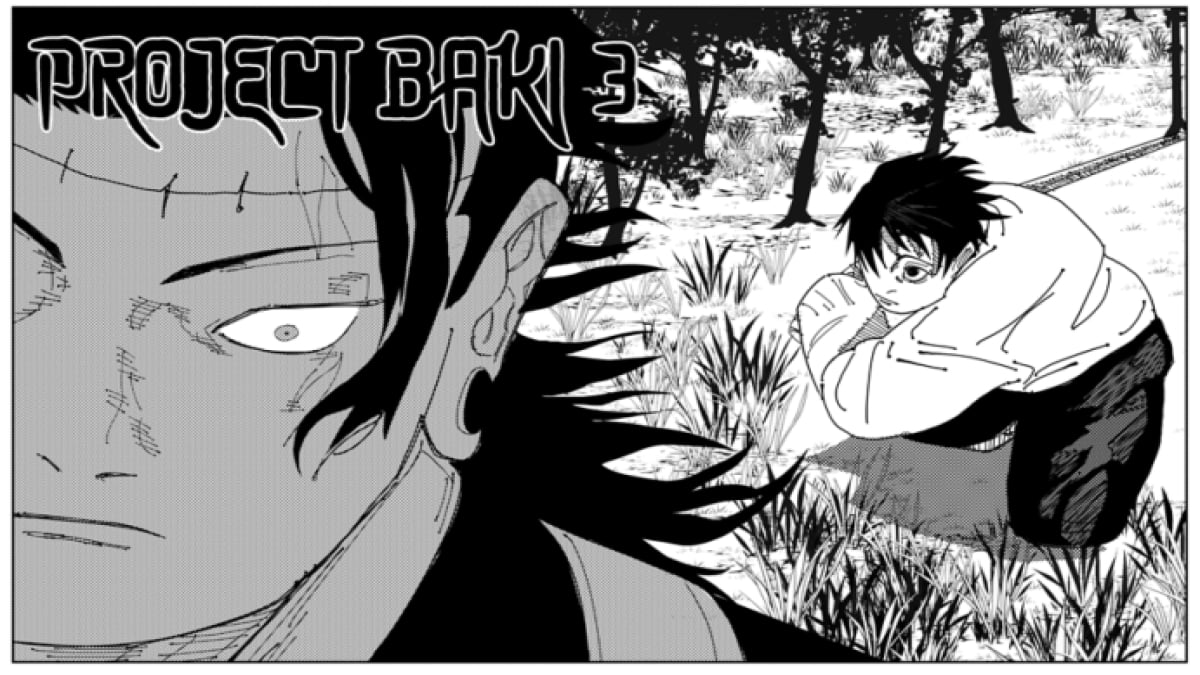
Published: Sep 26, 2023 11:23 am